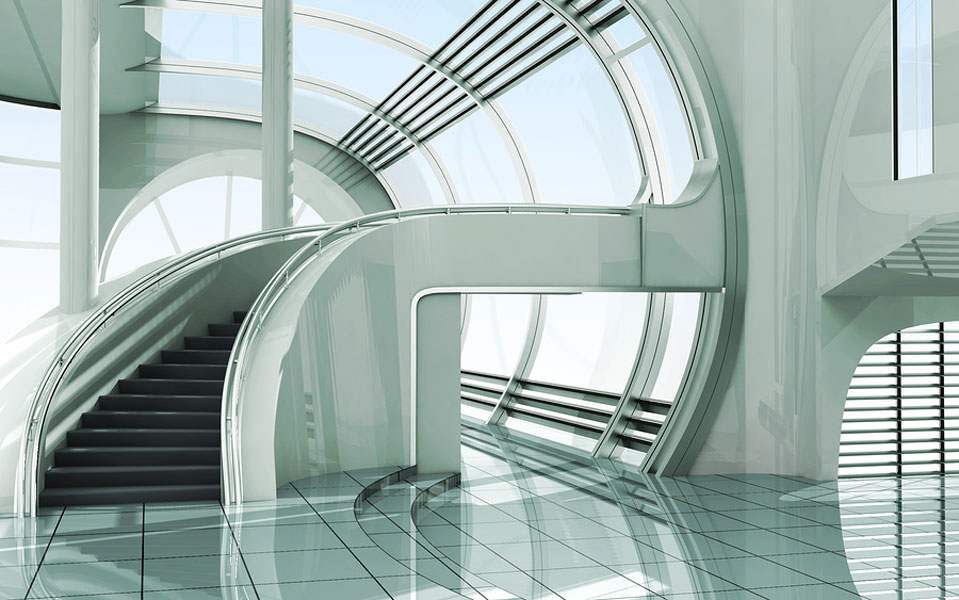Top 5 Commercial Design Trends to Create Innovative Environments

Designing a commercial space isn’t a simple task. Not only do you need to create fully functional space, but also one that is visually appealing, comfortable, and inviting. Further, since expectations continue to change, you’ll need to regularly adapt your space to match the evolving tastes of consumers, employees, and other visitors. Architects that work on commercial properties understand these nuances, and can also help you choose commercial design trends that will stand the test of time.
The result is a commercial building that looks amazing and is guaranteed to last a long time. These spaces can also incorporate some of the evolving commercial design trends of sustainability, psychographics, wellness, authenticity, and community.
These are the five fundamentals that many project owners now want to see incorporated into a commercial space to create an innovative environment and maintain a competitive edge.
1. Sustainability
When it comes to commercial design trends, sustainability tops the list. “Going green” is no longer something that companies strive to do, but instead, it has become a standard.
Buildings are designed with more eco-friendly standards, using more green materials. The finished product should also embrace renewable systems and environments that allow occupants to be healthier.
2. Psychographics
Unlike demographics, which have always been used in design decisions, using psychographics is an emerging trend. These focus more on the values, attitudes, lifestyles, and interests of a building’s users to give designers a better understanding of wants and needs.
While demographics – such as age, gender, income, and marital status – are still used, this may not be enough. When a building is underused or unpopular, there is likely something about the design that fails to resonate with the target market.
3. Wellness
According to a recent report from The Global Wellness Institute, 90 percent of our health outcomes are determined by our homes, communities, and the surrounding environment.
Considering a majority of people work outside the home, it makes sense that work environments contribute to health and wellbeing, which means that designers play a role in this process.
4. Authenticity
Today’s world is perceived to be more impersonal than ever, and a growing number of people crave a more authentic experience. You won’t get this through reliance on artificial or stock materials.
Instead, there is a trend towards using more natural materials, such as wood, as well as local materials. Designers are incorporating local influences into commercial spaces to create a more authentic environment.
5. Community
Either a lack of healthy relationships or loneliness is playing a growing role in physical and mental health outcomes. A report from Scientific American concludes that “mounting evidence shows that relationships should be a public health priority.”
One of the solutions is social interaction and social connectivity. A growing commercial design trend is to create spaces that encourage occupants to build community instead of isolate.
Keep Your Next Commercial Building Project Effective and Competitive
The days are long past when a commercial architect or designer will put form before function. The primary focus of today’s commercial spaces is now the ESG (environmental, social, government) aspects of the project.
At Spivey Architects, our team takes a solutions-based approach to every project, intending to deliver a physical space that enhances your brand. We have extensive experience working on projects related to office, resort, branch banking, and medical facilities. Contact us now to request a consultation.
[/et_pb_text][/et_pb_column][/et_pb_row][/et_pb_section]